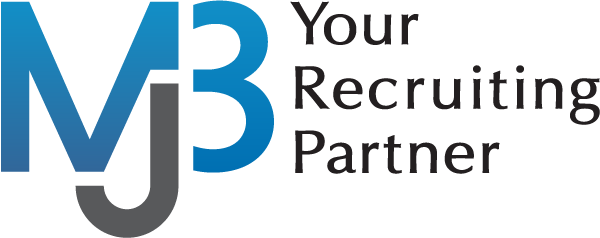In 2022, there are five generations of workers in the U.S. labor market from Traditionalists, Baby Boomers, Generation X, Millennials and Generation Z. Each new generation enters the workforce with different expectations, communication styles, and perspectives. The latest generation, Gen Z is no exception and one of their biggest expectations from employers is an inclusive workplace. But how do companies showcase an inclusive culture? One way is by writing inclusive job descriptions. Beyond a company’s website, job ads and job descriptions are often the first introduction to a company’s existing culture.
What is inclusive language?
Inclusive language includes words that are welcoming to all versus language that could potentially exclude a specific group of candidates. When job descriptions encompass a range of perspectives via the language chosen, candidates from every generation can see themselves in the role. Language matters and being intentional with phrases in job descriptions can increase the diversity of candidate applicants. In Appcast’s report, Diversity Recruiting: Guide to Best Practice Language Usage, they found that using gender neutral language in job descriptions resulted in 67.75% more applications after comparing job ads without gender neutral language.
What is exclusive language?
Exclusive language in job descriptions while often unintended, can result in phrases or jargon that exclude a specific group of candidates. For years, job descriptions would describe what success looks like by relying on sports analogies. Take for instance, this example: Are you ready to join a team of high achievers where you will quarterback projects to the finish line? Imagine what this phrase suggests about the company culture and who would be attracted to this statement in a job ad?
Textio, an inclusive language tool recently released a report on how the aerospace/defense industry is losing talent to the tech industry due to the language they use in their recruitment marketing. What they found was that when companies chose distinctive adjectives that leaned more masculine, they saw a decrease in candidate applications. However, the reverse was true for the tech industry as they chose more inclusive language in their job ads. Textio also found that bigger financial institutions tend to use masculine terms in their job descriptions which may detract female or non-binary candidates from applying. Why? Because language creates meaning and if candidates cannot see themselves in the role, they will not apply.
How to move towards inclusivity in job descriptions
There are many inclusive language tools on the market today that can aid companies in writing job descriptions for all. In addition, companies should pause to consider their audience by asking how a job ad would read to all groups. For example, ableism can show up in the physical requirements of a job that can result in the disabled community feeling unqualified for a role. Companies can also lean on their employee resource groups to provide valuable feedback about whether job descriptions and ads are representative of an employee’s experience before posting them online.
One of the best ways to demonstrate inclusivity is by adding a statement to the bottom of job ads and descriptions that encourage applicants to apply for the role even if they don’t meet all the skill or education requirements.
We have Gen Z to thank for encouraging companies to examine, learn and lean into more inclusive ways to bring all groups into the workforce.
